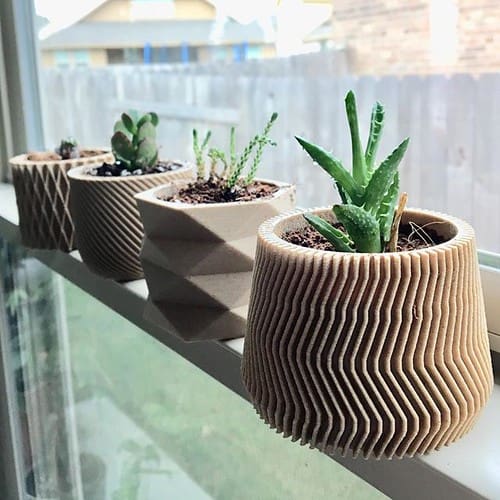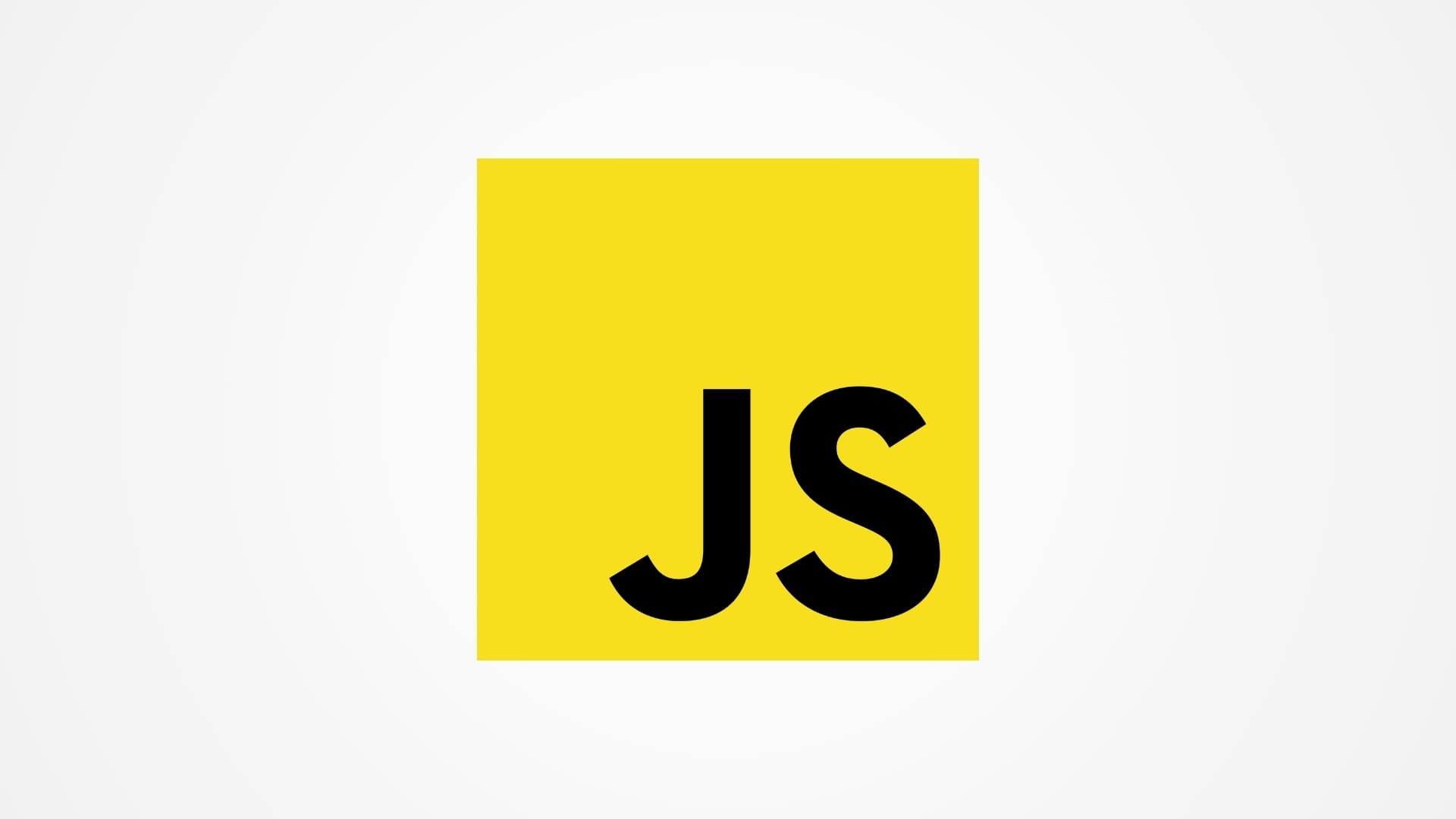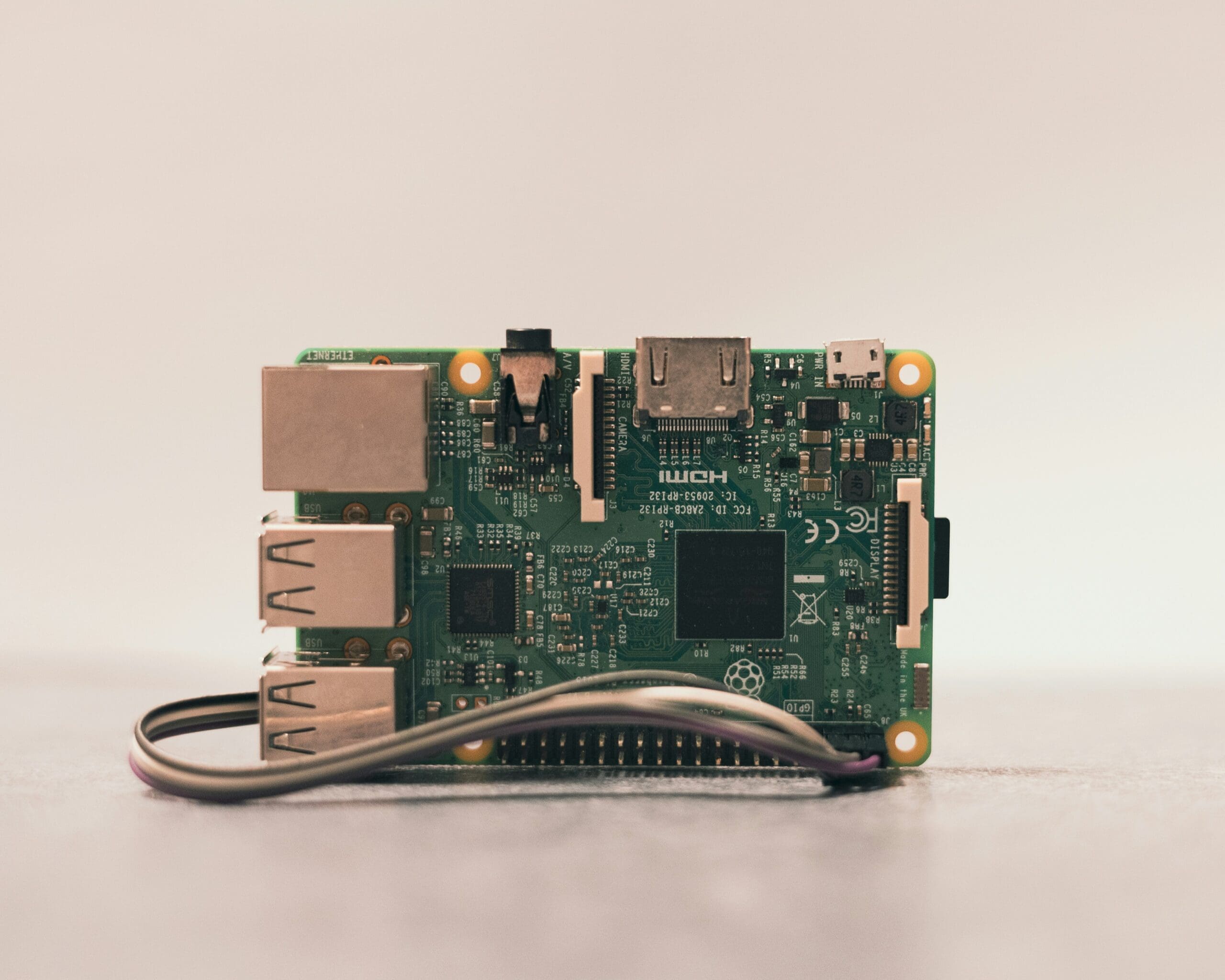Forest engineering plays a crucial role in managing forest resources sustainably, focusing on harvesting, conservation, and the maintenance of forest ecosystems. As sustainability becomes more critical, 3D printing, also known as additive manufacturing, emerges as a transformative technology in this field. It offers innovative solutions for creating more efficient tools, improving forest management practices, and enhancing habitat restoration efforts. This technology facilitates the precise construction of custom equipment and ecological structures, potentially revolutionizing traditional approaches to forestry and conservation.
The Emergence of 3D Printing in Forest Engineering
Initially popular in industrial applications for prototyping and small-scale manufacturing, 3D printing has expanded its reach into environmental sciences and engineering. In forest engineering, it allows for the rapid development and deployment of specialized forestry equipment and habitat structures. Advances in 3D printing technologies and materials suitable for outdoor and rugged environments have broadened the scope of its applications, enabling more direct contributions to sustainable forestry practices.

Advantages of 3D Printing in Forest Engineering
Customization of Tools and Equipment: 3D printing allows for the customization of forestry tools and machinery parts tailored to specific tasks or local conditions. This capability improves operational efficiency and effectiveness in forest management tasks.
Complex Geometries for Habitat Structures: The ability to produce complex geometries is particularly beneficial in creating ecological structures, such as artificial nests, burrows, or barriers. These structures can be designed to integrate seamlessly with natural environments, supporting biodiversity conservation efforts.
Rapid Prototyping and Iterative Development: 3D printing facilitates quick prototyping and testing of new forestry equipment and conservation solutions. This rapid iteration process accelerates innovation in forest management practices, allowing for immediate adjustments based on field testing and environmental feedback.
Reduction in Material Waste: Additive manufacturing minimizes waste by using only the necessary materials to build a part, aligning with the sustainability goals of reducing the environmental impact of forestry operations.
Key Applications of 3D Printing in Forest Engineering
Custom Forestry Tools and Machinery: From specialized tree planting devices to durable components for forestry machinery, 3D printing can produce items that withstand the harsh conditions of forest environments and improve the efficiency of forestry operations.
Restoration and Conservation Structures: 3D printing is used to create structures that aid in habitat restoration and species conservation. These can include protective covers for saplings, custom shelters for wildlife, and other structures designed to enhance ecological restoration projects.
Research and Monitoring Equipment: Tailored mounts for cameras and sensors, as well as other custom devices, can be produced for ecological monitoring and research. These tools are essential for gathering data in remote or difficult-to-access forest areas.
Erosion Control and Land Management: 3D printed structures such as terracing systems or root simulating panels can be implemented to control erosion and manage land effectively, especially in sensitive or previously disturbed areas.

Challenges in 3D Printing for Forest Engineering
Despite its potential, several challenges must be addressed to optimize the use of 3D printing in forest engineering:
Durability and Material Performance: Ensuring that 3D-printed materials can withstand the demanding conditions of forest environments, including exposure to weather elements and mechanical stresses, is crucial. The development of robust, long-lasting materials is ongoing.
Cost and Accessibility: While 3D printing technology costs have decreased, the initial investment for high-quality printers and the ongoing cost of materials can still be prohibitive for widespread adoption in forest engineering, particularly in less developed regions.
Technical Training and Maintenance: Implementing 3D printing technology requires significant technical expertise, training, and maintenance, which may be challenging in remote forest areas or for organizations with limited resources.
Future Directions in 3D Printing for Forest Engineering
The future of 3D printing in forest engineering looks promising, with continuous advancements in printer technologies, materials science, and digital design expected to overcome current limitations. As these technologies continue to evolve, 3D printing is likely to become an integral tool in forest management, contributing to more sustainable and efficient forestry practices.
3D printing is set to continue its transformative impact on forest engineering, offering innovative solutions that enhance the design and functionality of forestry tools and ecological structures. As the technology advances, it promises to redefine traditional forestry practices, leading to more effective and sustainable management of forest resources.








